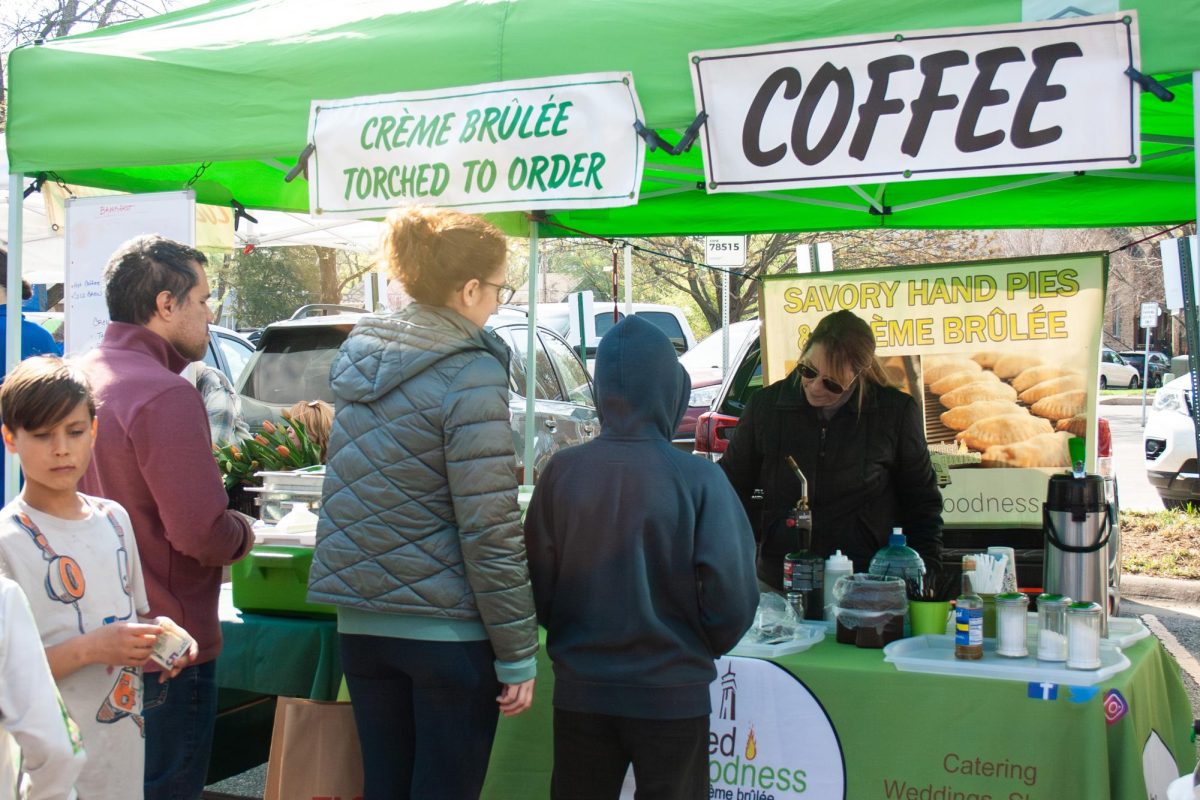About a year ago I saw a mole on my arm and I didn’t really pay any attention to it,” Attendance secretary Becky Browning said, “because it was very small and it didn’t have irregularities as far as I could tell.”
Browning knows first hand what it’s like to discover skin cancer.
Skin cancer can occur when the skin is overexposed to the sun’s harmful UV rays and the cells of the skin mutate and reproduce rapidly. According to the American Academy of Dermatology this causes strange moles and irregular spots to appear on the skin. Some of these can be harmless, some however can become very serious when they are not checked.
Her daughter then pushed her to get it checked, when the results came back, she discovered she had melanoma.
There are three different types of skin cancer cells, Basal Cell Carcinoma, Squamous Cell Carcinoma, and Melanoma. Each one is named after the type of cells that mutates. Basal and Squamous Cell make up the most cases, and is the most treatable, with a 90% cure rate for both, According to the Kansas Medical Clinic’s website. Melanoma however, is more rare, only about 32,000 Americans are diagnosed annually. If not caught early, this type of cancer also has the highest death rate.
“I didn’t use tanning beds unless I was going on a trip, to get a base tan, which I now know doesn’t help,” Browning said.
Tanning outside and in tanning beds can be a cause of skin cancer. People who are naturally fair, with light hair and light eyes are more at risk. Skin cancer also may be hereditary, so if one of someones parents have had it, they have a greater chance of getting it. Getting a base tan before going out into the sun is a tanning myth. While this may help a small amount, it does not compare to sunscreen.
She has learned a valuable lesson from her skin cancer experience.
“For the past four years I have been very good about wearing sunscreen and wearing a hat. However, I remember getting a severe sunburn as a child and… not always being careful about sunscreen,” Browning said.
But there are ways to help the odds. Wearing sunscreen outside is the best preventative measure, and wide brimmed hats for long days outside.Unless there is an ice age, the sun is shining and can burn even when its cloudy.Tanning beds have also been found to be very harmful to the skin. Avoiding tanning beds is a good way to avoid cancer. Those who tan say its a great source of Vitamin D, but daily amounts of Vitamin D can also be achieved through a healthy diet including fish, certain dairy products and supplements.








